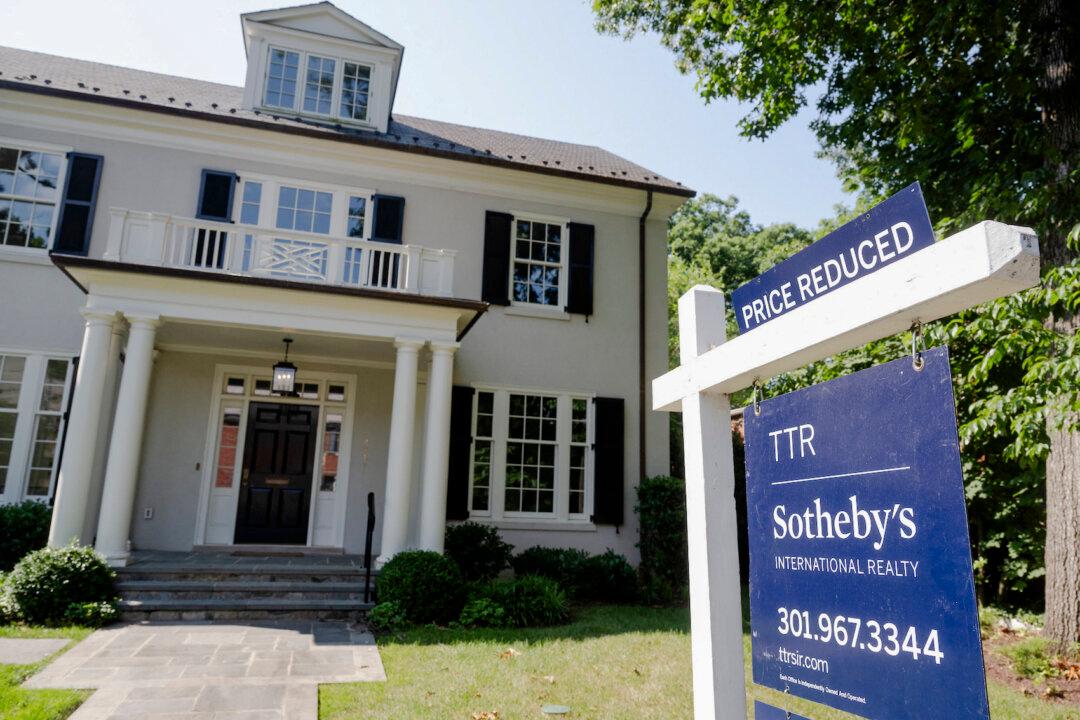Mortgage application volume saw a significant drop last week as interest rates jumped to their highest level since August, according to the Mortgage Bankers Association’s (MBA) latest weekly survey, which showed a cooling in both refinance and purchase activity.
The MBA announced in an Oct. 9 press release that overall mortgage application volume fell 5.1 percent for the week ending Oct. 4, with mortgage refinance activity experiencing a sharper 9 percent decline. Purchase activity saw a slight 0.1 percent dip.





